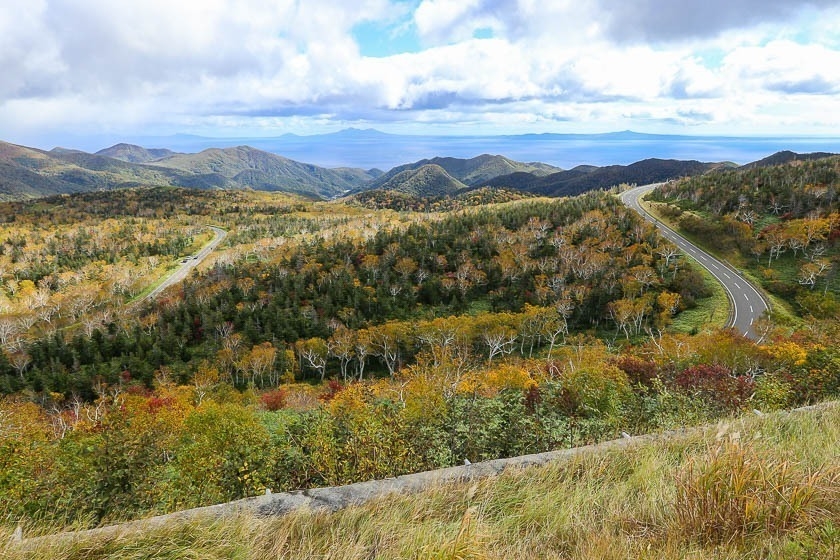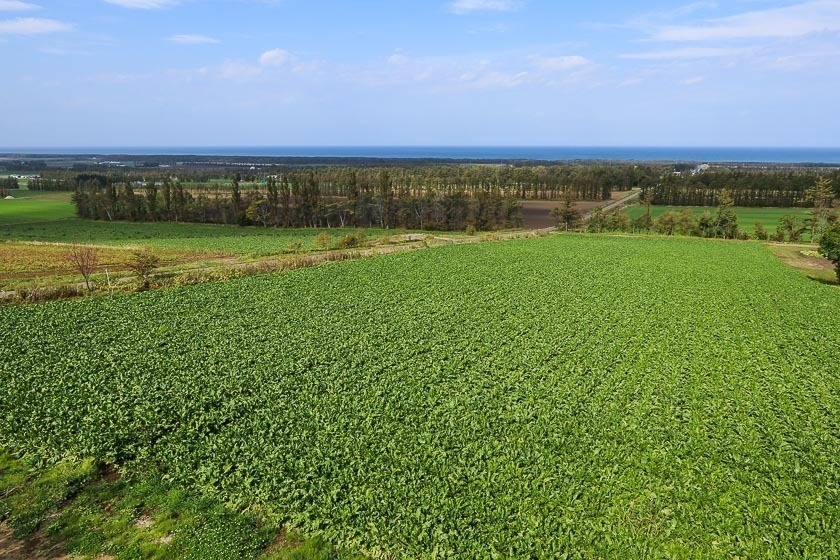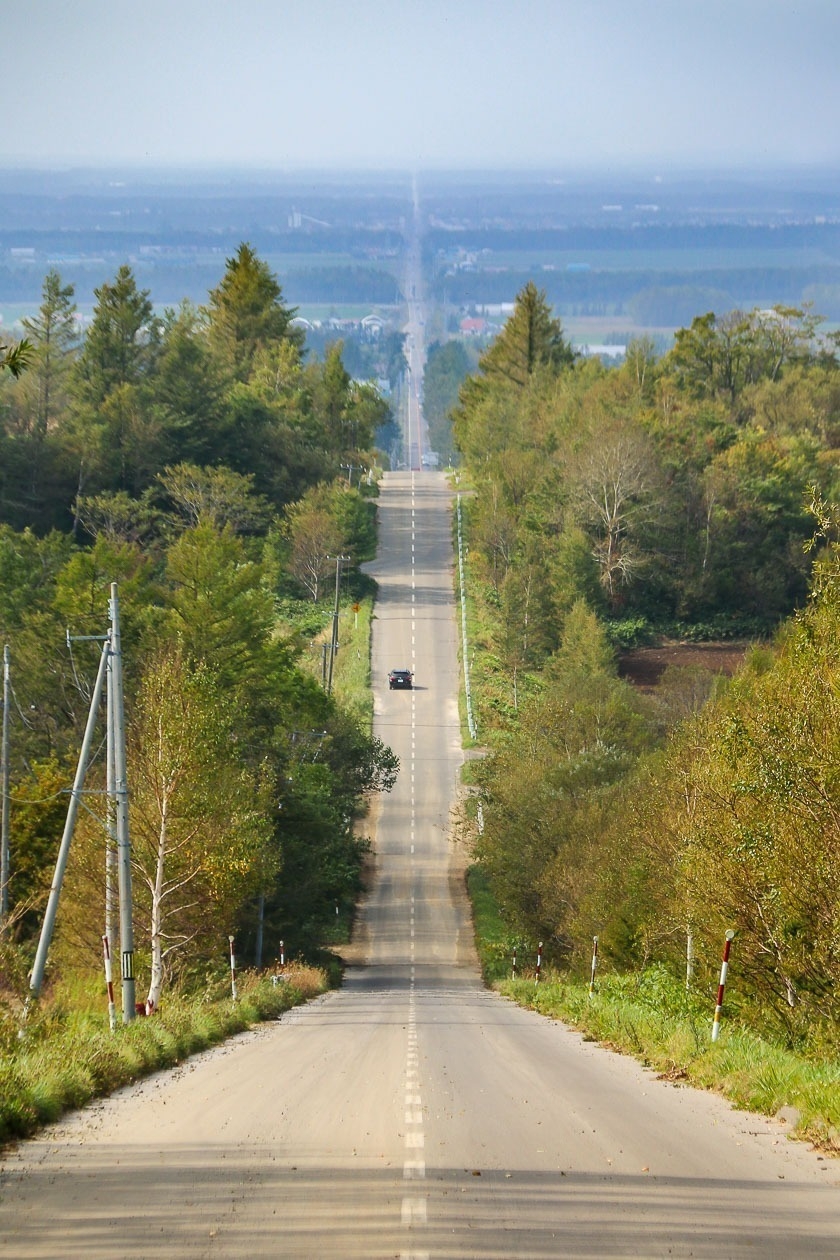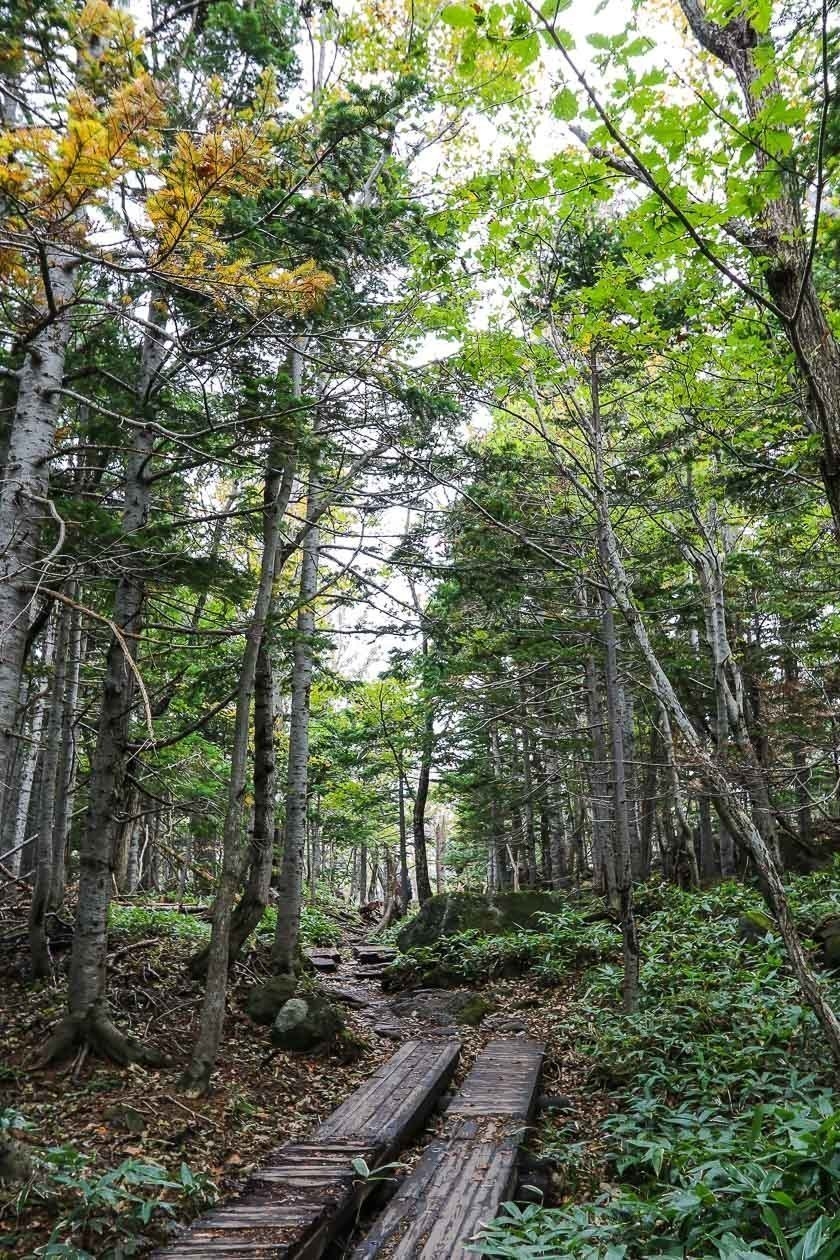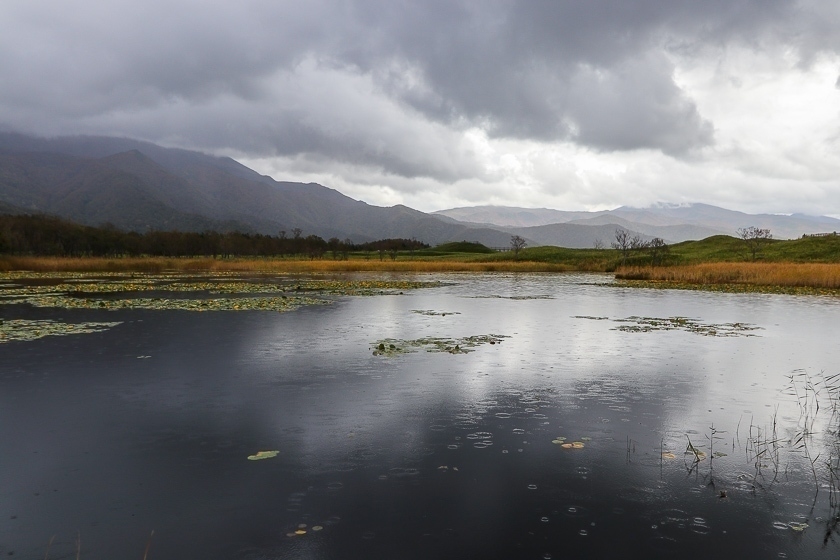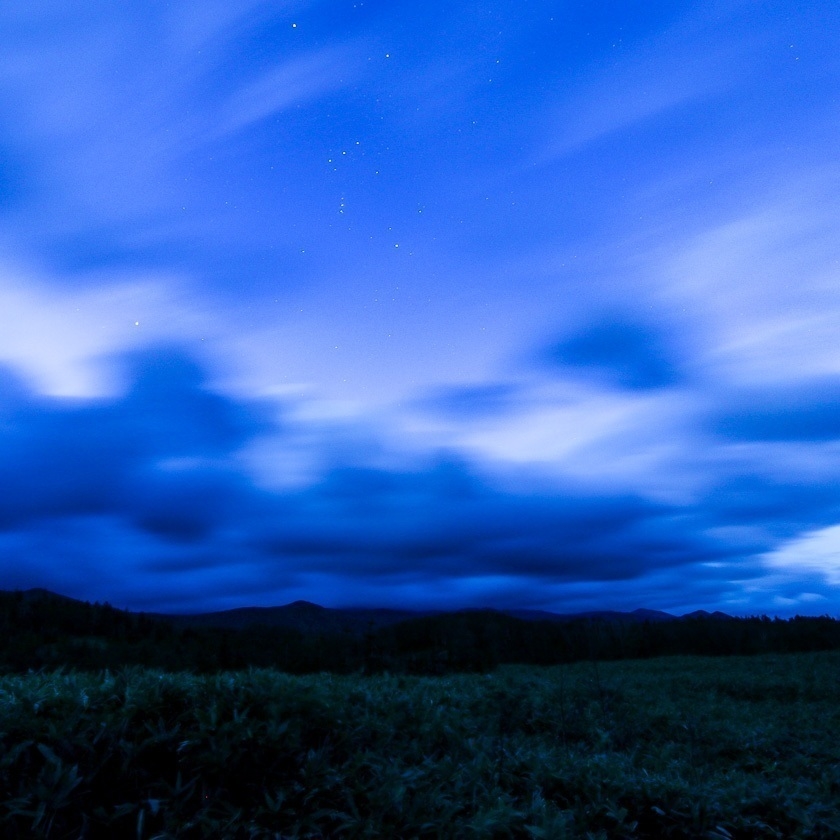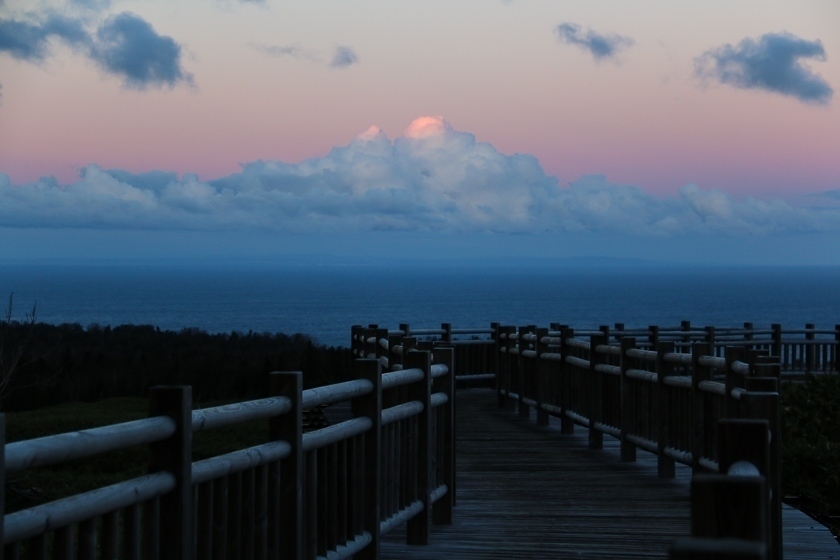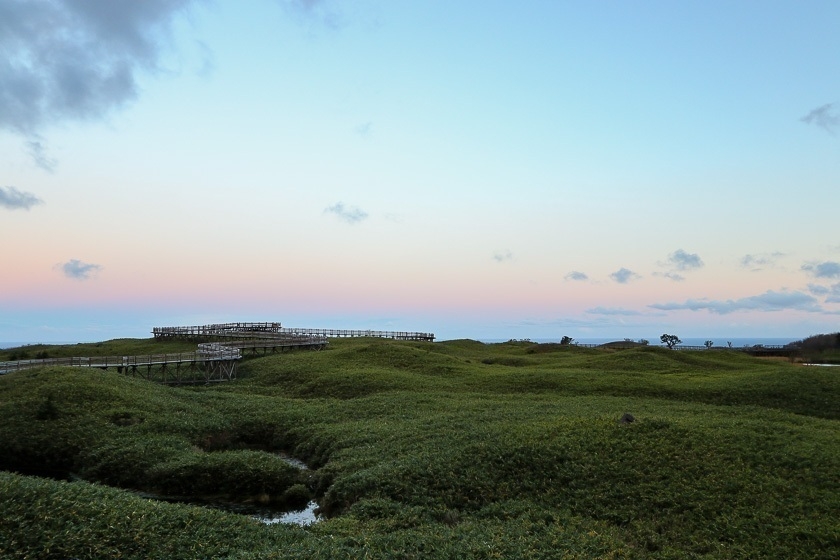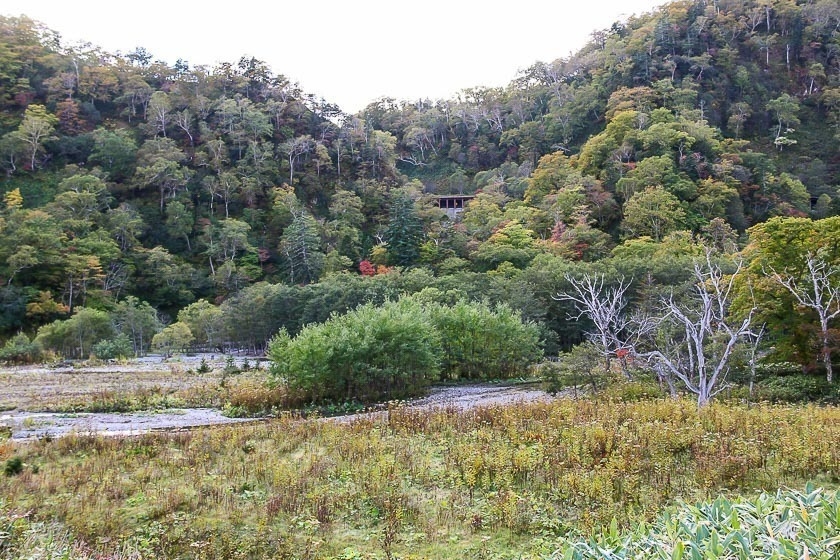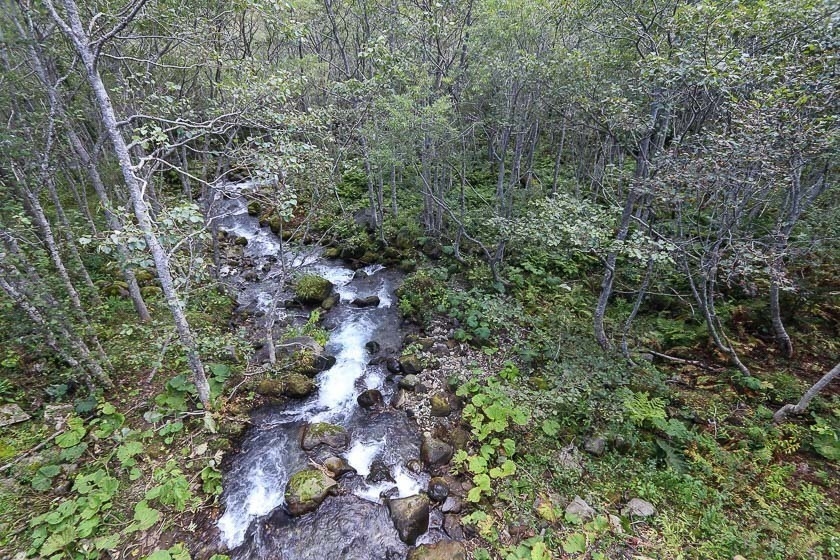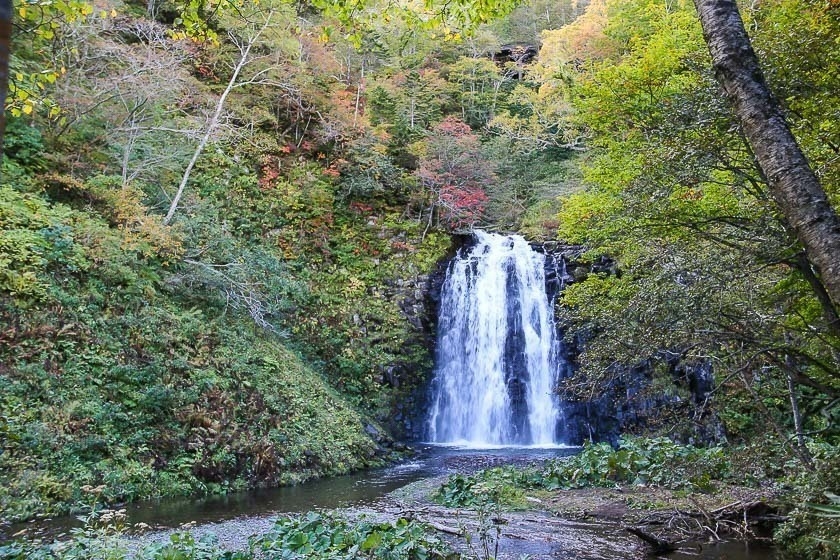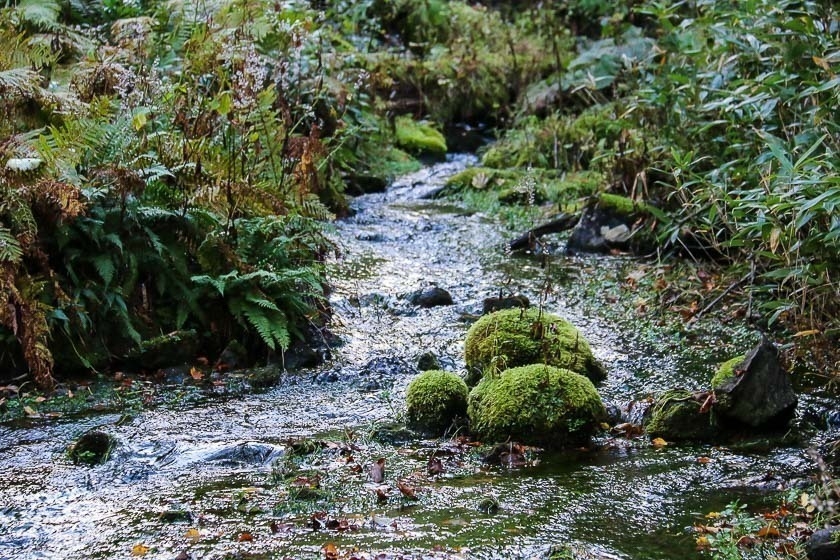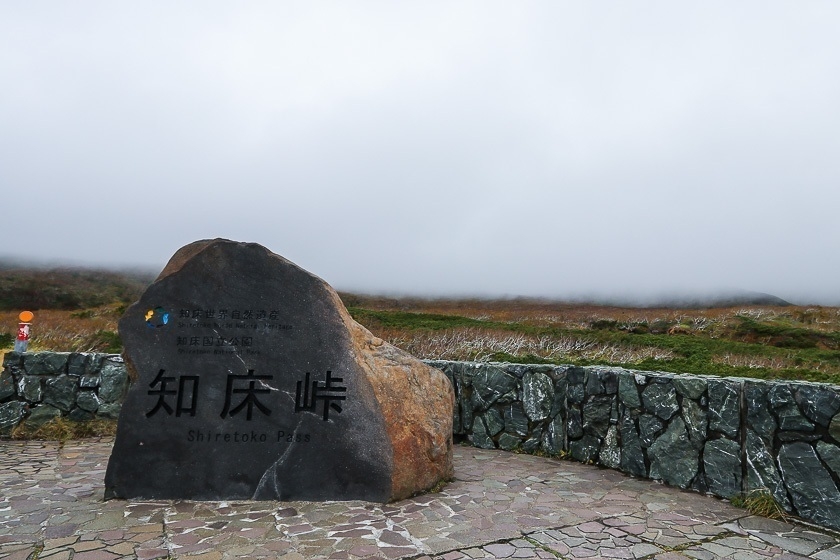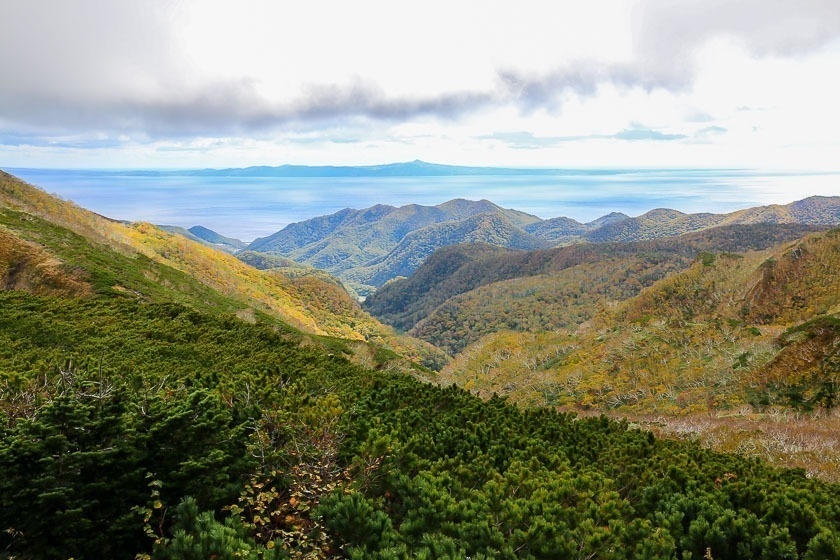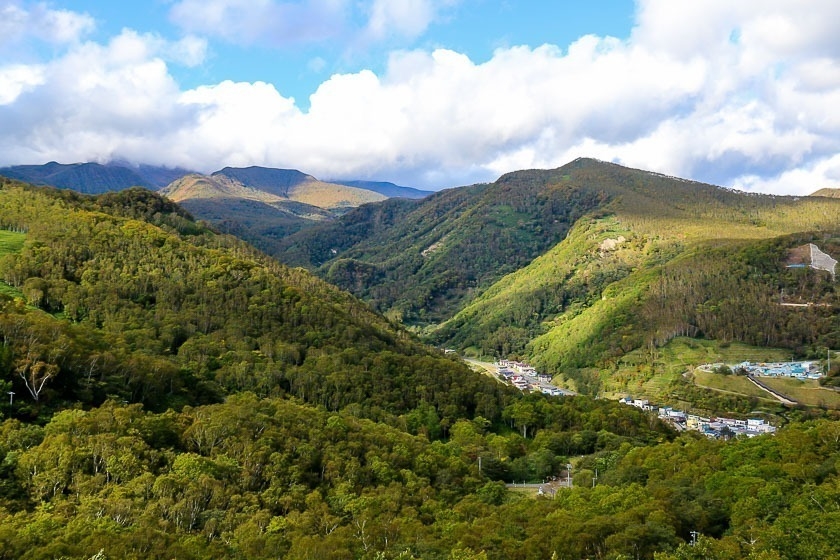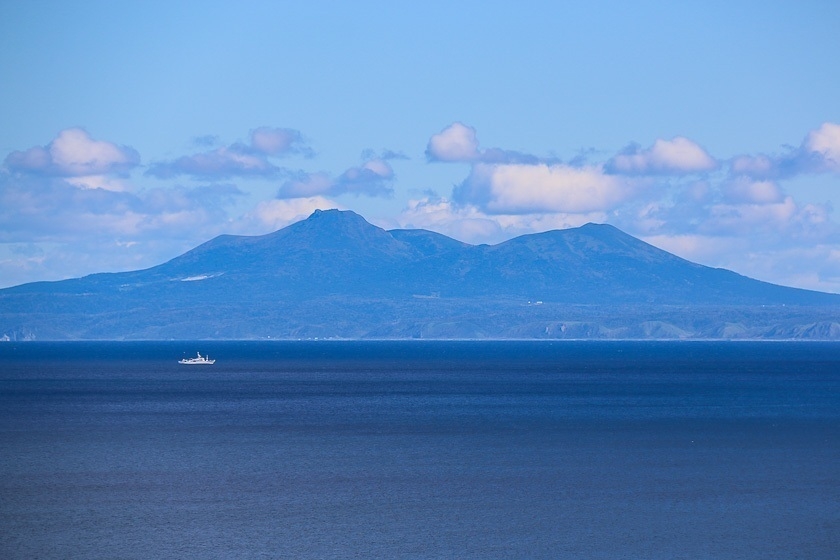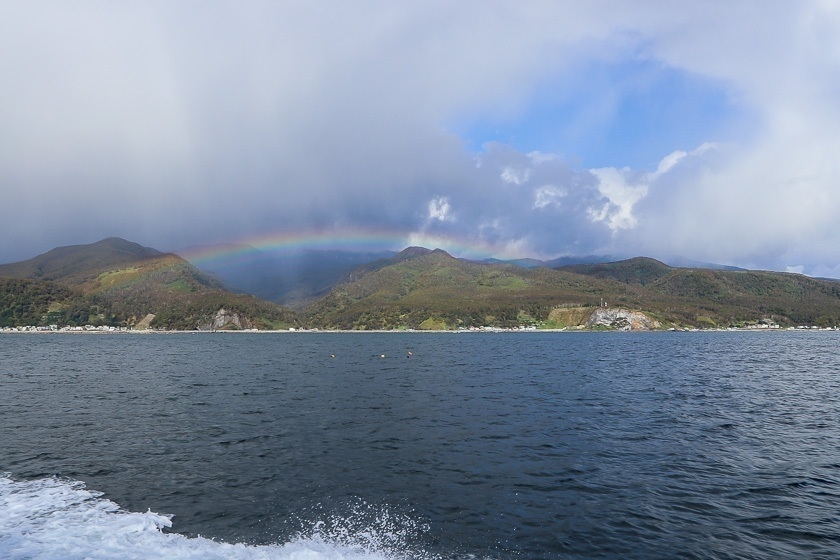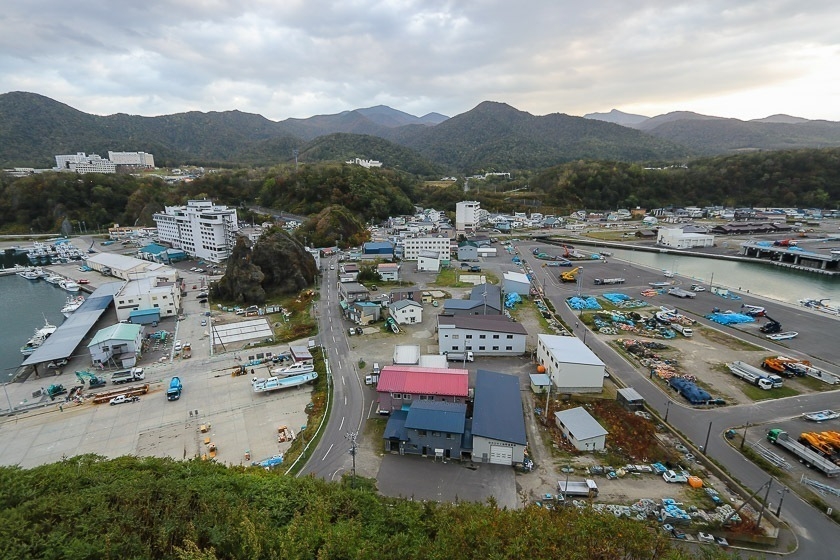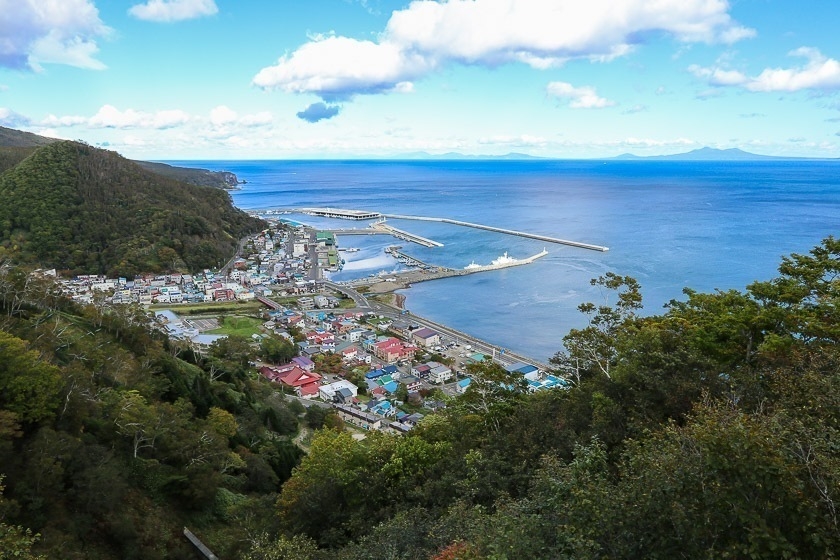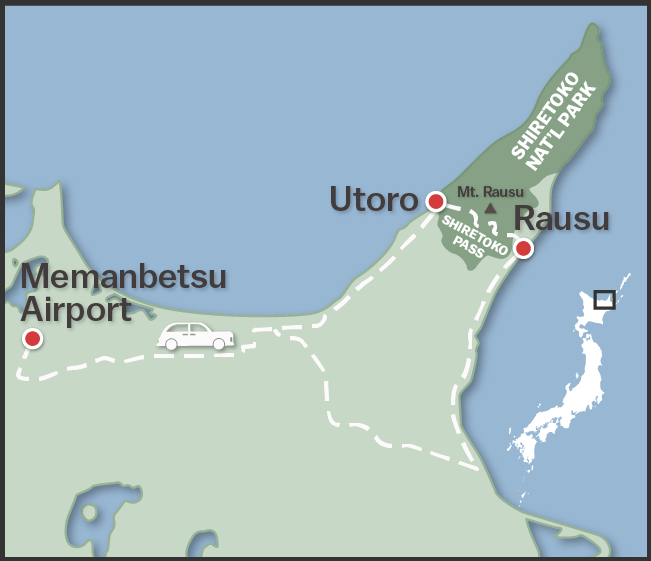The Shiretoko National Park covers almost 80 percent of the peninsula, and that is where the majority of the wildlife can be found. Shiretoko is known as bear country, and that reputation should not be taken lightly. Wildlife can be usually seen up close along the road or in the woods alongside. Visitors should not assume that these wild animals are tame and go near or feed them as the animals may attack if threatened or provoked. There are about four visitor centers on the peninsula that offer up-to-date information about the area as well as local wildlife and also double as a base for those planning to head further inland.
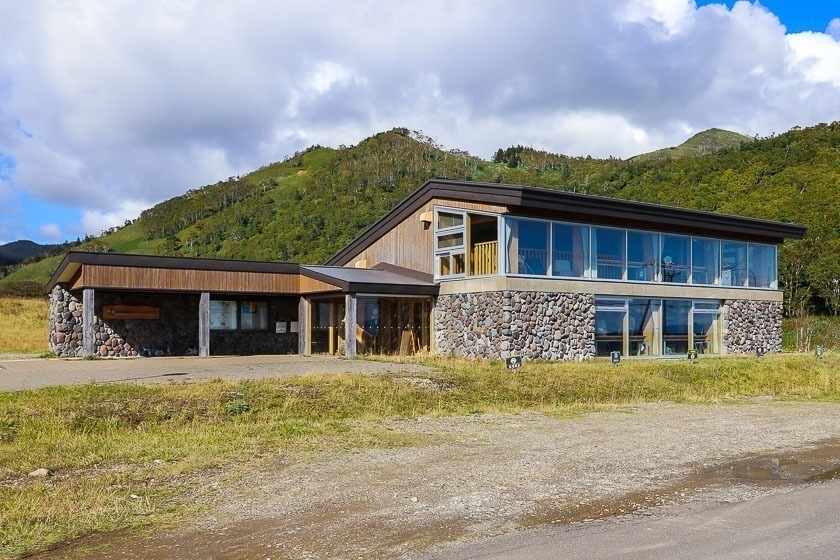
The Rusa Field House visitor center in Rausu
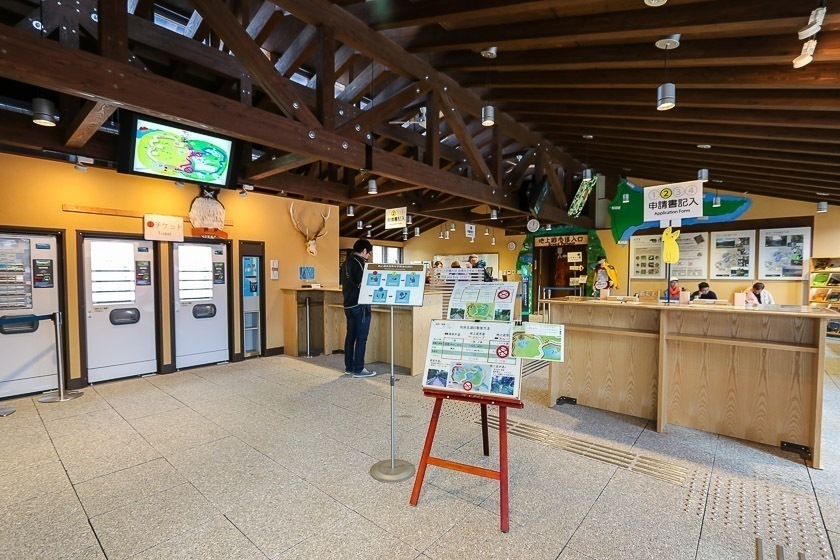
Inside the Shiretoko Five Lakes visitor center
Warning and information signs on animal interaction (more like how not to interact with wildlife) can be seen in many places on the peninsula. It is imperative to take caution so that this precious wilderness can be preserved for future generations, both wildlife and humans, to enjoy. With that in mind, I headed into the last frontier (alongside tour buses and other visitors) to get lost in nature.
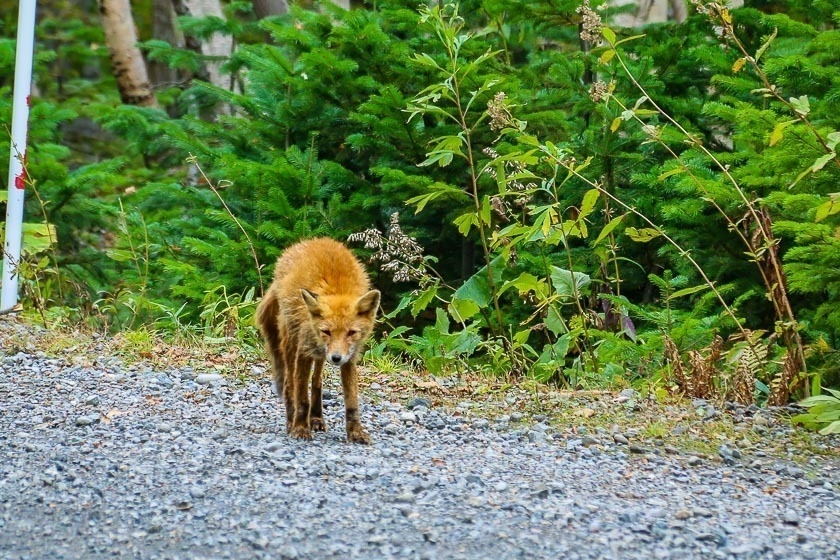
Scrawny fox, but no bear
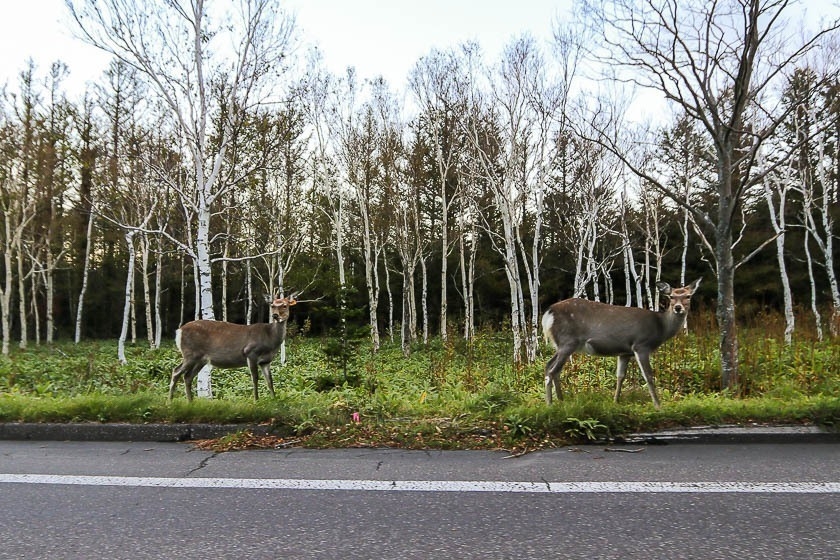
Curious deer and still no bear
Tour bus operators take their customers on specific routes covering the eight main sightseeing spots (Shiretoko Hakkei), namely the Shiretoko Five Lakes, Kamuiwakkayu Falls, Furepe Waterfall, Oshinkoshin Falls, Shiretoko Pass, Cape Puyuni, Oronko Rock and Yuhidai (a sunset spot). However, the best way to experience Shiretoko up close is to also go on one of the many walking trails in the area and visitor centers provide information about the ones around them.
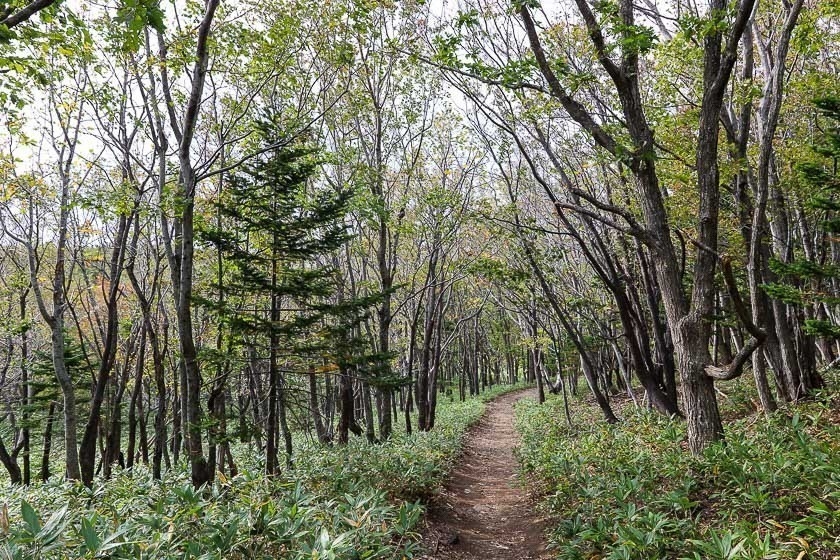
Starting the trip with a bit of light walking
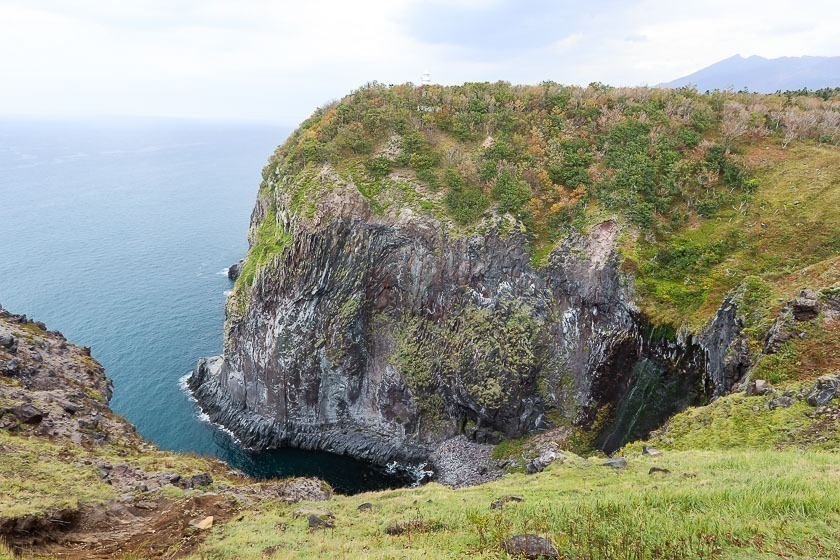
Furepe Waterfall and the lighthouse
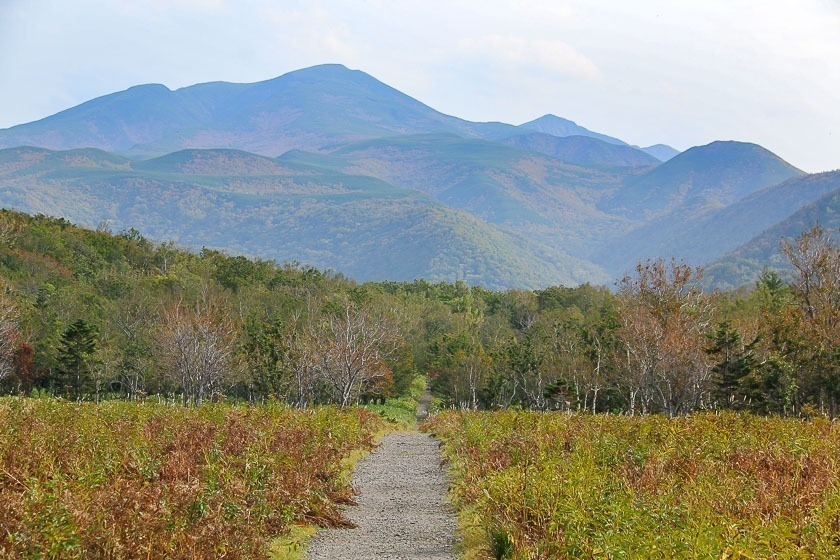
Surrounded by mountains on the inside
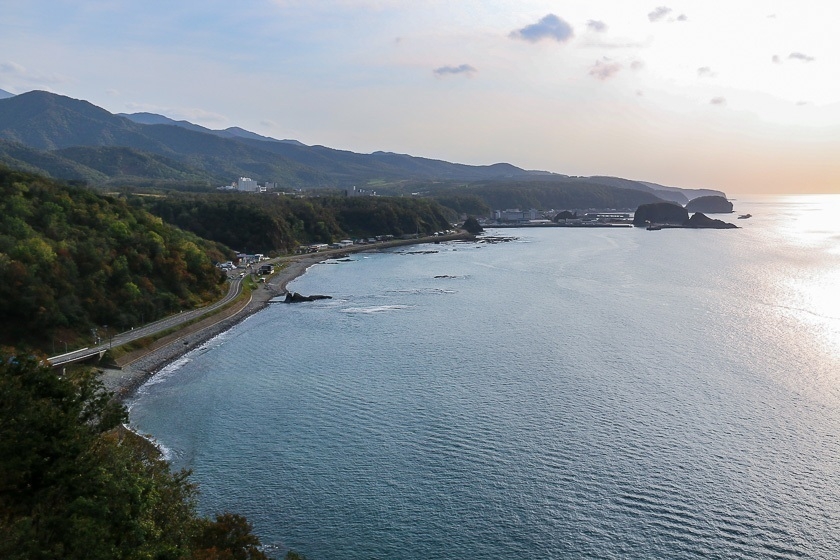
View of Utoro from Cape Puyuni
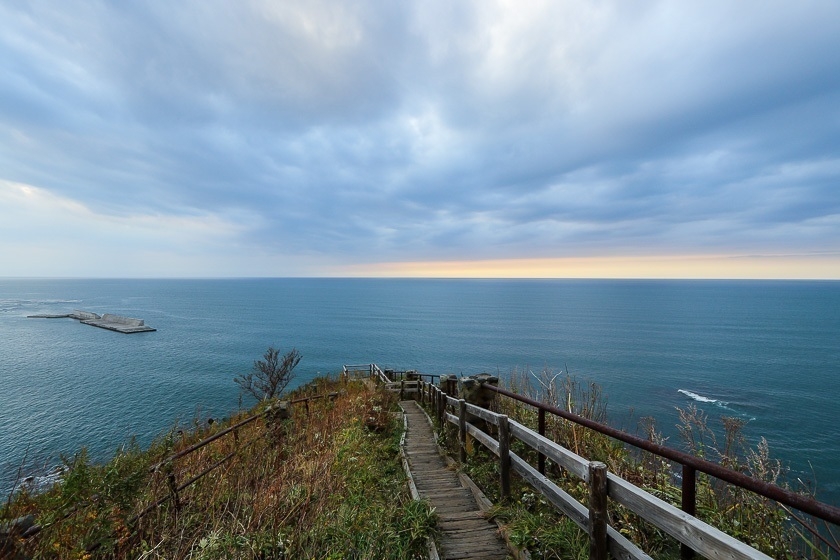
On top of the world at Oronko Rock
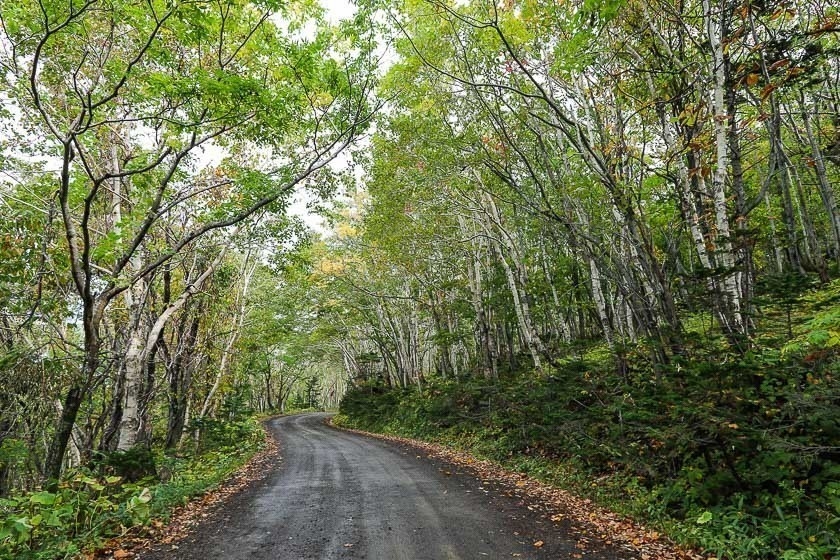
It's pretty much green season outside of snow season
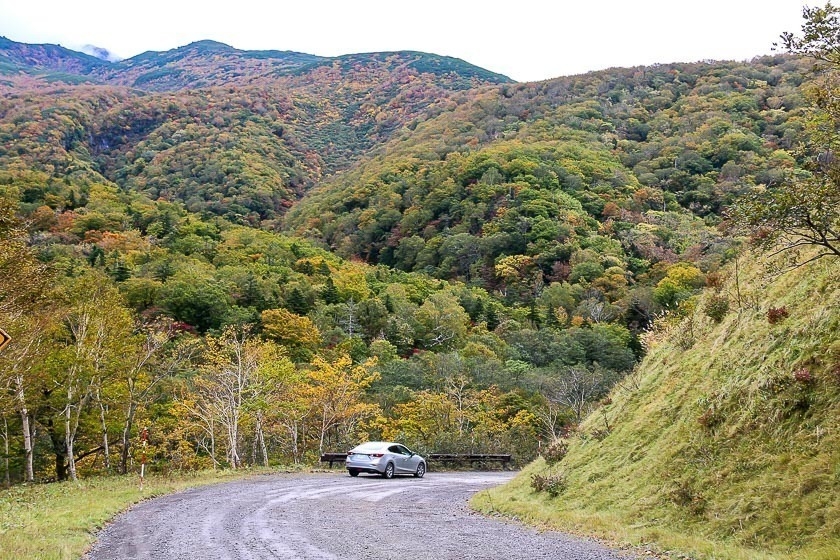
The speed limit here is pretty slow given the unpaved road
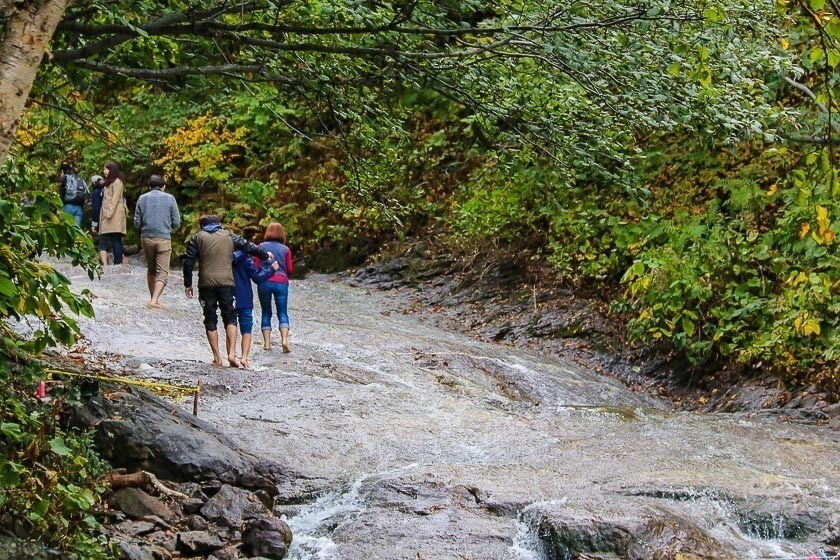
Visitors walking up Kamuiwakkayu Falls
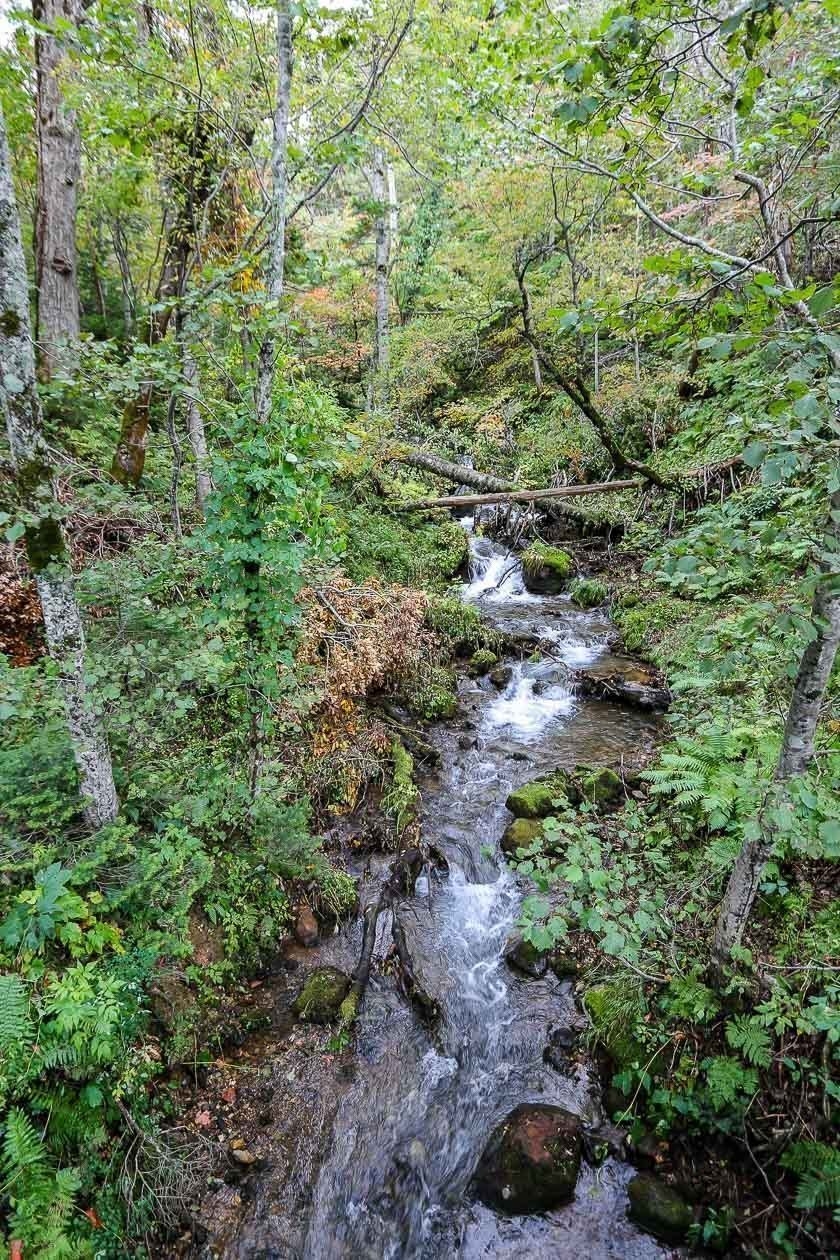
A little stream along the way out of the Kamuiwakkayu Falls area
